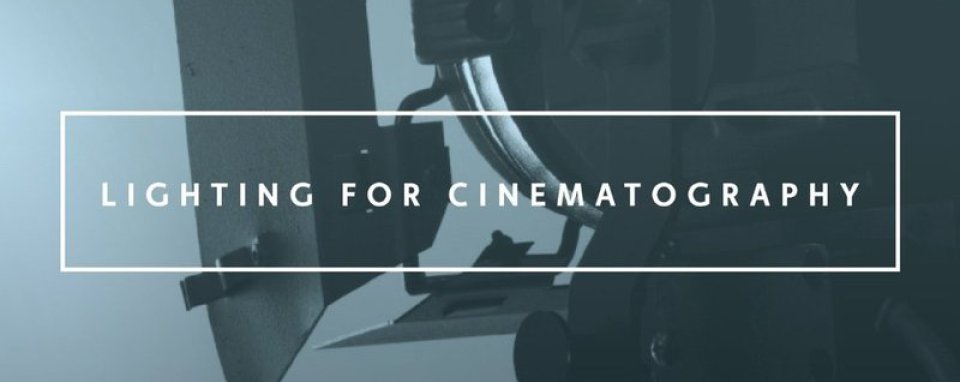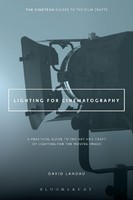
Teacher Aids
The links on the left connect to supplementary materials to aid teachers who will be using this book in their classes. The links connect to a rubric for individual assignments, a cumulative grading sheet for all assignments, and visual aids such as stills, diagrams, and video segments from the book.
How to use ”Lighting for Cinematography” in
intermediate, advanced and documentary production courses
Not all film programs have courses dedicated to lighting or cinematography. “Lighting for Cinematography” is an ideal required secondary text for intermediate and advanced production classes. This book could be used in progressive courses, thus allowing students to maximize their academic book expenses and allow instructors to continue to use the same secondary text in progressive courses.
Intermediate production courses
Students need to know and would greatly benefit from the information contained in the following chapters;
Chapter 1: The Magic of Light – What lighting does and what we can make it do
Chapter 2: Who and What Makes Light- the lighting crew, lighting units, basic electricity
Chapter 3: Lighting the Subject - Motivation and three point lighting
Chapter 5: Common Practical Lighting Set-ups - cross key, chicken coop, china ball, bathrooms
Chapter 7: Dealing with Daylight 1: Shooting Exteriors
Chapter 13: Lighting Non-fiction – Interview, Corporate, News Magazine, Documentary, Reality
Advanced production courses
Students producing more advanced productions will benefit from learning from these additional chapters;
Chapter 6: Lighting for Movement: Subject and camera
Chapter 8: Dealing with Daylight 2: Working with windows
Chapter 9: Night Light- lighting night exteriors & interiors
Chapter 11: Light the scene, not just the shot – High Key, Low Key, contrast ratios, exposure choice, Chiaroscuro lighting, Rembrandt, Butterfly lighting
Chapter 14: Inspiration and Lighting Looks
Documentary production courses
It is essential that students wishing to shoot documentaries understand basic things such as how many lights they can plug in before tripping a breaker, how to deal with mixing daylight with film lights and how to light on location with very few lights. This book would be an ideal secondary text for any documentary production course.
Documentary filmmakers need to know and would greatly benefit from what is in the following chapters especially;
Chapter 1: The Magic of Light – What lighting does and what we can make it do
Chapter 2: Who and What Makes Light- the lighting crew, lighting units, basic electricity
Chapter 3: Lighting the Subject - Motivation and three point lighting
Chapter 7: Dealing with Daylight 1: Shooting Exteriors
Chapter 13: Lighting Non-fiction – Interview, Corporate, News Magazine, Documentary, Reality

